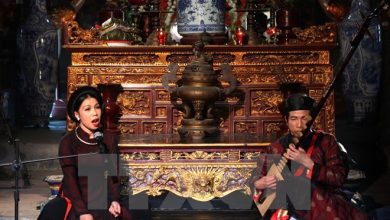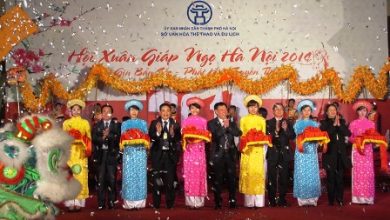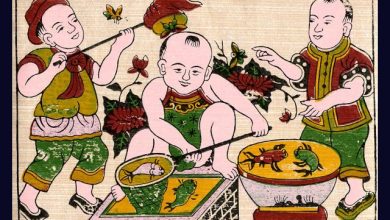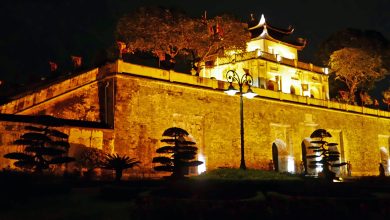Historical discussion and meeting with witnesses of Bunker 59 and Bunker 66 at the Central Sector of the Imperial Citadel of Thăng Long
On 8 November 2018, the Thăng Long – Hà Nội Heritage Conservation Centre held the “Historical discussion and meeting with witnesses of Bunker 59 and Bunker 66 at the Central Sector of the Imperial Citadel of Thăng Long”. This was a meeting between historical witnesses, researchers, and experts in the field of military studies, museum and conservation who are expected to help collect information about Bunker 59 and Bunker 66, enrich the documentary sources and share ideas as to how these two bunkers should be preserved, restored and promoted.
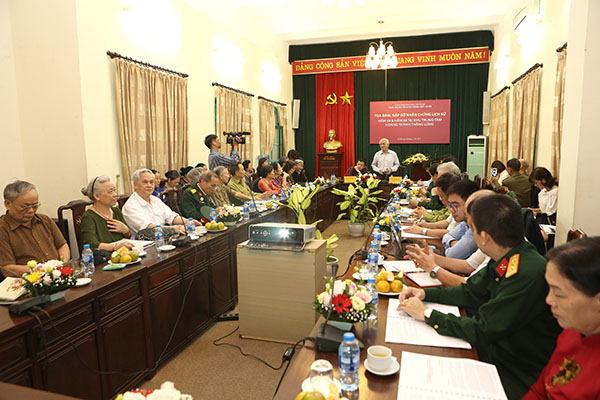
Participants at the discussion
The discussion was attended by representatives of the Office of the General Staff of the Ministry of National Defence, Department of Information Security of the General Staff, Vietnam Military History Museum, Vietnam Association of Historical Science, Vietnam Institute of Military History, scientists who sit on the advisory council for the Cổ Loa – Hà Nội Citadel Relic Site, the Committee for the Summary of the History of Information and Communication Service, the Office of Military Science of the Sapper Service; the University of Social Sciences and Humanities of Vietnam National University (Hanoi), the Centre for the Research and Promotion of Cultural Heritage Values, among others. Particularly noteworthy was the presence of more than 30 historical witnesses, who once worked directly in the two bunkers of 59 and 66.
In the Thăng Long Imperial Citadel World Heritage Site, apart from the age-old architectural structures of the Lý, Trần, Lê, Nguyễn Dynasties, there are also several relics of the modern history revolutions that bear testimony to Vietnam’s War of Resistance against the Americans for national reunification, like House and Bunkder D67, bunker of the Operational Department, Bunker 59 and Bunker 66.
Bunker 59 and Bunker 66 were built to the North of the Kính Thiên Palace Foundation in Zone A of the Command Department of the Ministry of National Defence (the working place of the Politburo, the Central Military Commission, the General Command and functional agencies and departments of the Ministry of National Defence like the General Staff, the General Department of Politics, General Department of Logistics, General Department of Engineering, Department of Information Security, among others). This area was where the leaders of the Politburo and the commanders of the Ministry of National Defence worked during the hardest years of the Resistance War against the Americans. It was also the nerve centre where strategic decisions, directives and plans were made culminating in the successful thwarting of the two wars of destruction waged by the American Air Force against North Vietnam between 1965 and 1973. The peak was the victory of the well-known “airborne Dien Bien Phu” that took place from 18 December 1972 to 29 December 1972. The two bunkers were also where commands were executed about the operational coordination that led to the final and complete victory against the Americans.
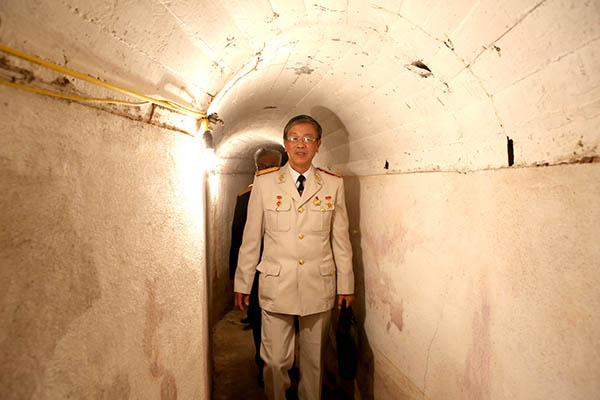
Historical witnesses revisiting the bunker
In order to preserve, restore and promote the values of the revolutionary relics within the Thăng Long Imperial Citadel heritage site, in 2018, the Thăng Long – Hà Nội Heritage Conservation Centre initiated plans to study and collect documentary materials about the revolutionary relics, especially the two bunkers of 59 and 66. As a result, such agencies and units as the Department of Information Security and the Office of the Ministry of National Defence have been reached and asked to provide related objects to enhance the visibility and promote the value of Bunker 66 and Bunker 59. The Centre has also contacted and talked to some witnesses who worked inside Bunker 59 for 12 consecutive days and nights during the Airborne Dien Bien Phu Campaign of 1972 and more than 20 information security witnesses who served in Bunker 66 between 1967 and 1991.
Organizers received 12 contributing papers from managers and leaders in the army, scientists and witnesses who have spent time researching and assessing the values of the two bunkers. The papers focused on three main issues:
- First: The role of the General Headquarters and the network of subterranean facilities during the war of national salvation against the Americans, especially in the year of 1972;
- Second: Reflections and recollections of historical witnesses about the two bunkers of 59 and 66;
- Third: Suggestions about how to promote the values of the bunkers at Thăng Long Imperial Citadel.
All the papers confirmed the immense historical values of the bunkers in the Zone D67 in general and bunkers 59 and 66 in particular. The bunkers were witness to a glorious chapter in the history of the nation and as such, need to be preserved and safeguarded for posterity. More research is required to develop a master plan for the collection of original and authentic documents and objects so as to underscore and promote the values of revolutionary relics located within the Imperial Citadel of Thăng Long.
At the discussion, the Thăng Long – Hà Nội Heritage Conservation Centre kindly requested the functional departments and agencies under the Ministry of National Defence, the General Staff, the Department of Information Security of the General Staff as well as the historical witnesses to assist in offering documents and objects, doing research, collecting documents and objects for additional display and promoting the values of the revolutionary relics at Thăng Long Imperial Citadel in general and the two bunkers of 59 and 66 in particular. At the same time, further action plans and directions should be proposed so as to gradually improve the effectiveness of the sustainable conservation and promotion of multi-faceted values of the World Heritage Site of the Central Sector of the Imperial Citadel of Thăng Long while preserving harmoniously both the ancient relics and the revolutionary relics that testify to the war of resistance of the country (in the words of the late General Võ Nguyên Giáp).
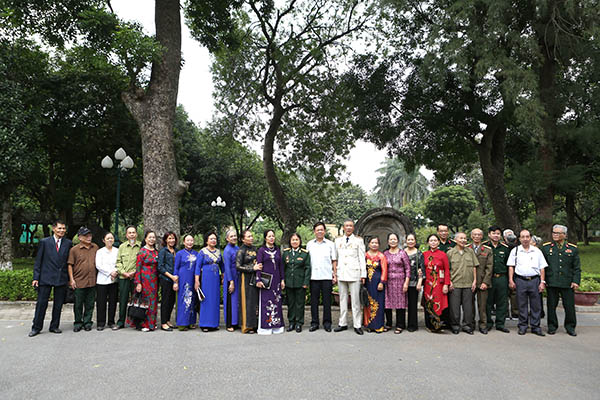
Group photo in front of Bunker 66.
The examination and collection of documents and objects related to these two bunkers are expected to ultimately help restore them to the original form and open them to the public. The Centre has identified that this is a difficult task that needs to be treated with prudence and great attention. The task also requires cooperation from the researchers and assistance from the Ministry of National Defence and the witnesses in terms of information and documents sharing.
Bùi Thị Thu Phương

